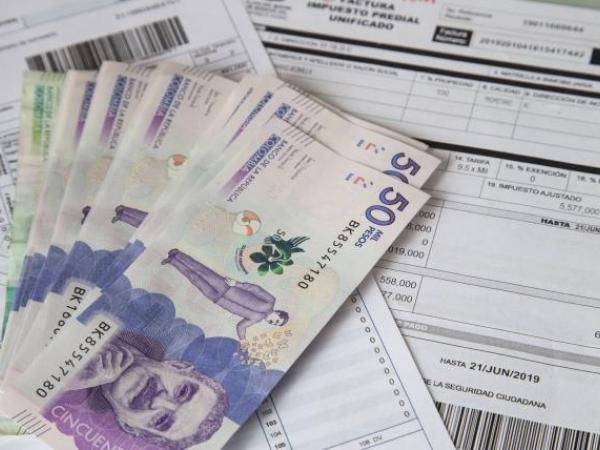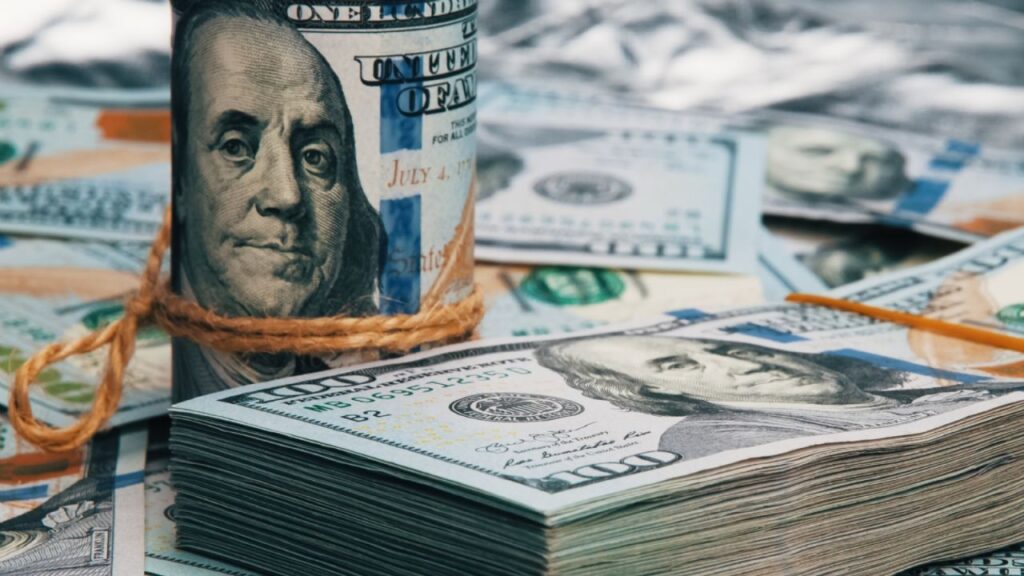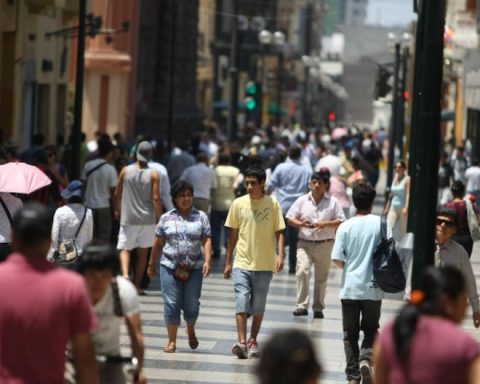The process of recovery of the Colombian economy has been accompanied by good results in several sectors and one of them is credit, which in the form of consumption is growing 18%, despite six rate hikes by Banco de la República; that have already been transferred to the different types of obligations in the financial system.
(Read: Usury rate continues to rise, for May it will be 29.57%).
The manager of the central bank, Leonardo Villar, said on Friday, after the session of the Board of Directors, that he raised the interest rate 100 basis points (bp) at 6%, and that this type of credit “must be monitored to prevent it from being a source of problems for households.”
And it is that according to analysts, at the moment the normalization of monetary policy of the Issuer has not moderated the dynamism of credit, which at the end of January reported a rise of 10.9% in annual terms as a whole.
In addition to this, the Minister of Finance, José Manuel Restrepo, also confirmed, after the meeting of the Board of the Bank of the Republic, that the phenomenon of the transmission of the monetary policy interest rate to deposits and placements in the Finance system “It is a gradual non-immediate process”.
“This could last from 6 to 8 months and has already been transmitted in some cases close to what this process has been, since September of last year, to the modalities of consumption, commercial, but not so much in ordinary or mortgage loans, since the latter are halfway through that transmission, nor are credit cards, because that does not happen overnight”.
Carolina Monzón, manager of Economic Research at Itaú Colombia, considers that with the decision to increase the monetary policy rate to 6%, the withdrawal of the monetary stimulus of the Bank of the Republic and “this implies that there will be a gradual rise in financing at the local level, this also amid significant pressures in the rate curve of public debt securities (TES) and pressures or increases in the level of inflation” .
The Itaú analyst, as anticipated by a large part of the market, says that the decisions of the Banco de la República may accelerate in the coming months. For his part, José Ignacio López, executive director of Economic Research of Corficolombiana, assures that the transmission of interest rates to credits from the Issuer’s previous rises and the perspective that the monetary policy rate continues to rise.
“It is a partial effect, not a complete one, and in about two or three months it is likely that the central bank increases will be incorporated into the credits in the economy.”, says the analyst.
(Besides: Issuer raises rate to 6%; expects GDP to grow 5% this year).
But he warns that despite this, consumer credit remains strong because it is a competitive market. The reason, he explains, is that the new players on the fintech side and those who can do a more accurate credit risk selection, structurally help that market.
Additionally, the household income have improved and together with the remittances they receive, “they allow us to have a dynamic consumer credit and it is possible that the increase in rates that has been seen will not be enough to stop it, although it is possible that in the second semester there will be a moderation due to the effect of the rise in rates,” says López.
Edgar Jiménez, from the Financial Laboratory of the Jorge Tadeo Lozano University, considers that with the increase in the rate of the Banco de la República, the aim is to control a little the rise in the CPI, that is, to limit that rise in inflation. Consumer credit grows at 18% but that is due to the reactivation.
The demand is very strong and if we go back to the beginning of the pandemic, with the Bank of the Republic that was lowering rates dynamically, although some of us considered that it could be stronger, what we see today with that increase in consumer credit and the economic growth, it is that the bank did things well, because the rate would have been lower and there was no need, because we would have stimulated the economy more than necessary, which is also harmful”.
The expert considers that this increase is not going to affect the economic recovery because there is a good rate of growth, demand for credit and although high rates negatively affect growth, the rate we bring is strong and for this year and the beginning of next it will not be expects an affectation of the productive apparatus, and if so, there are monetary policy tools for this.
BRIEFCASE


















